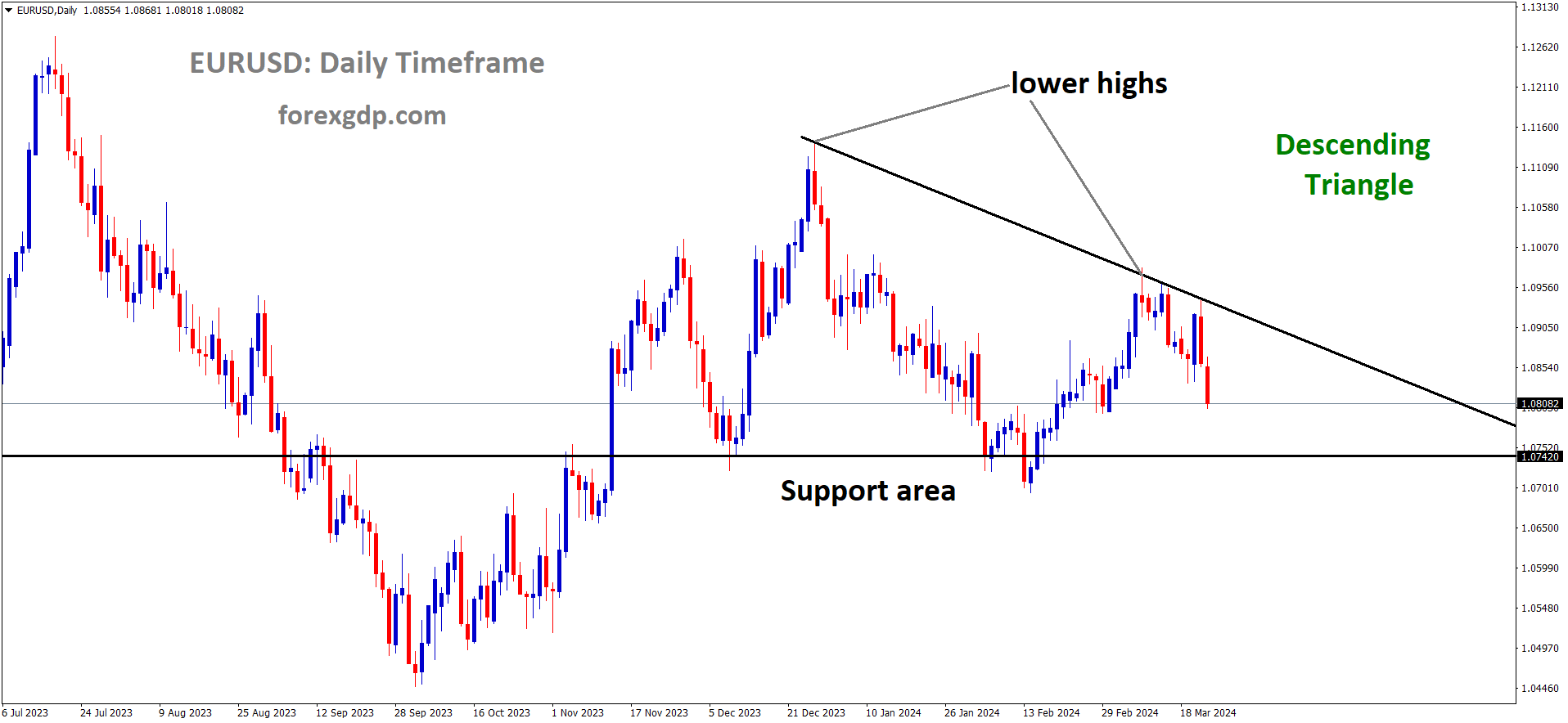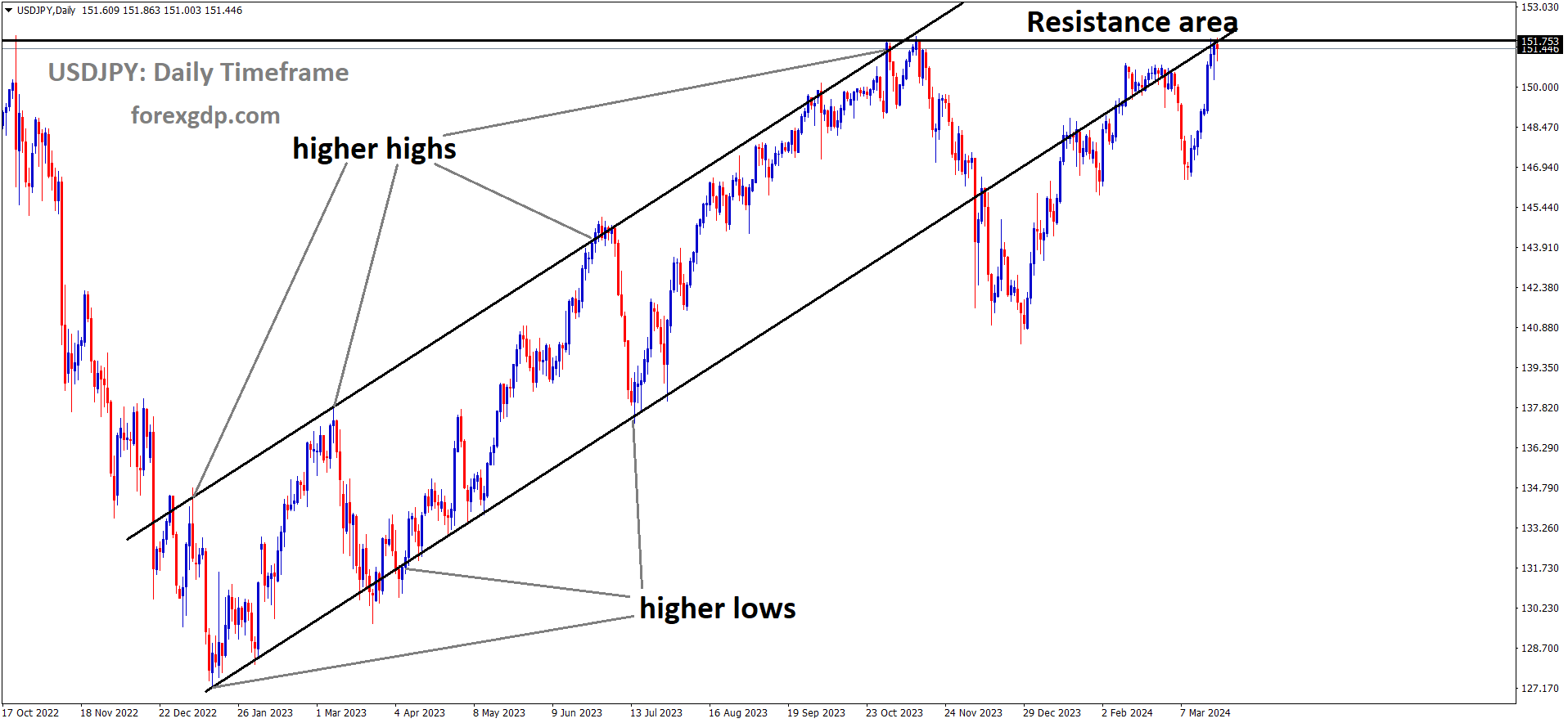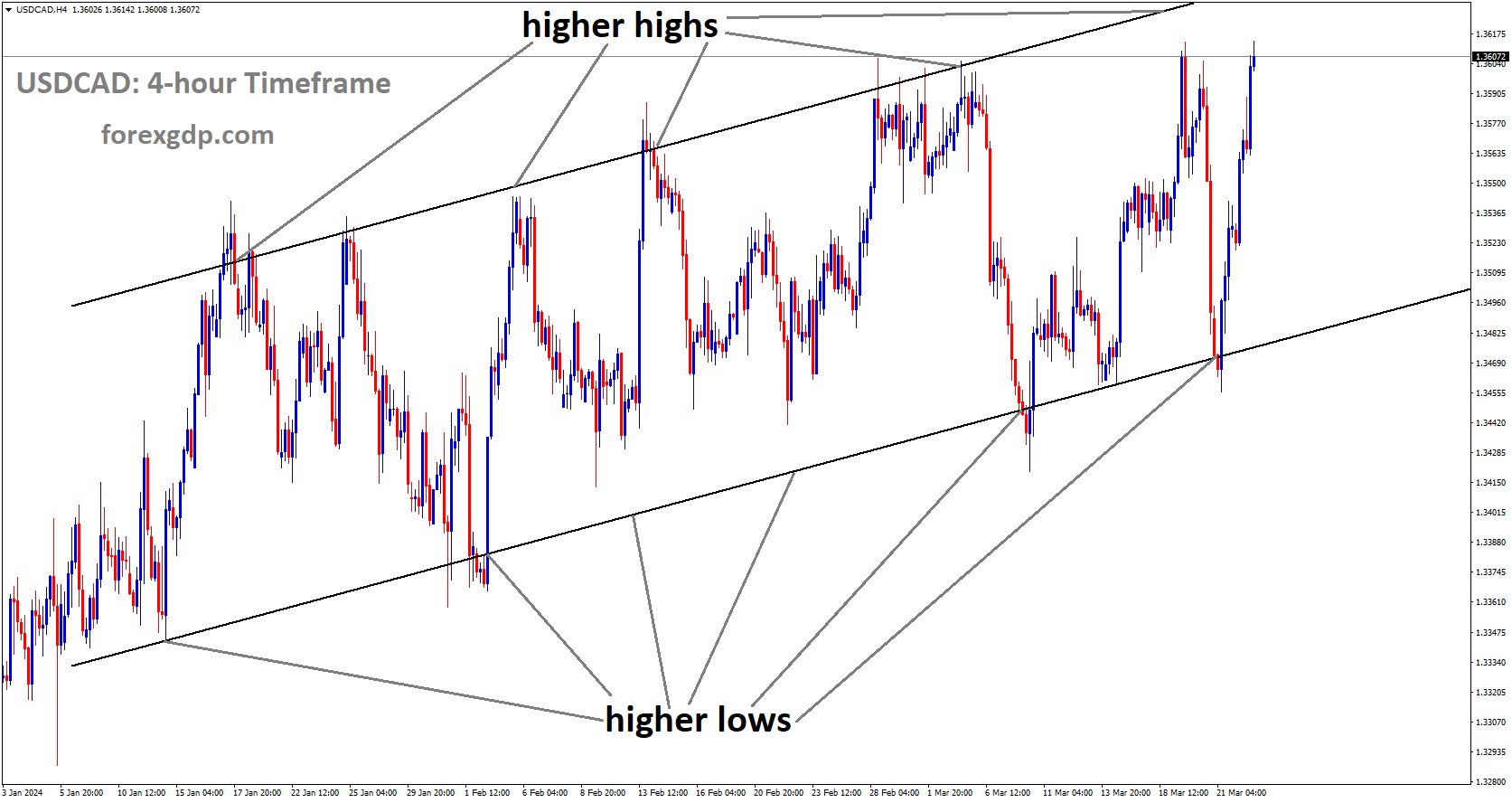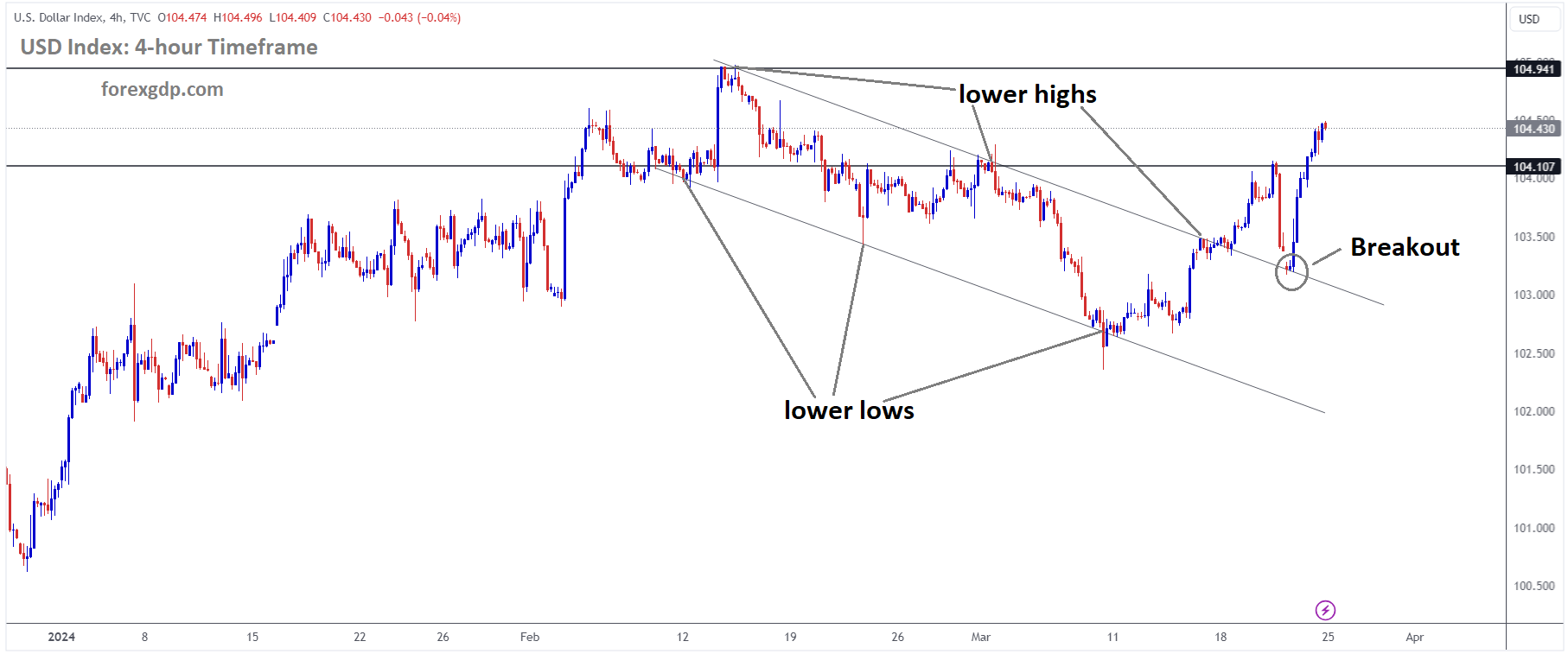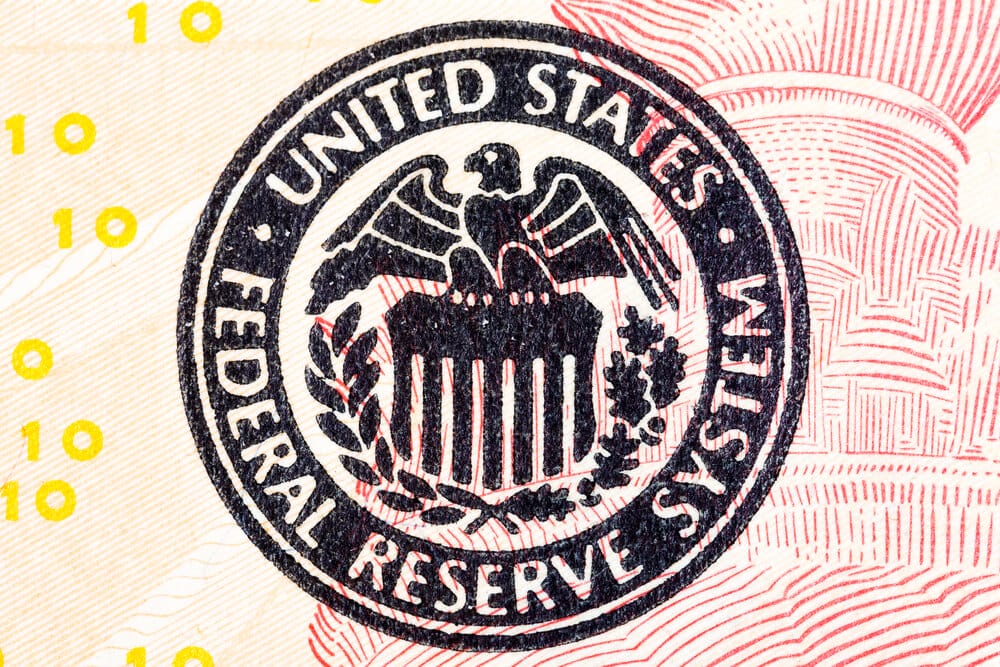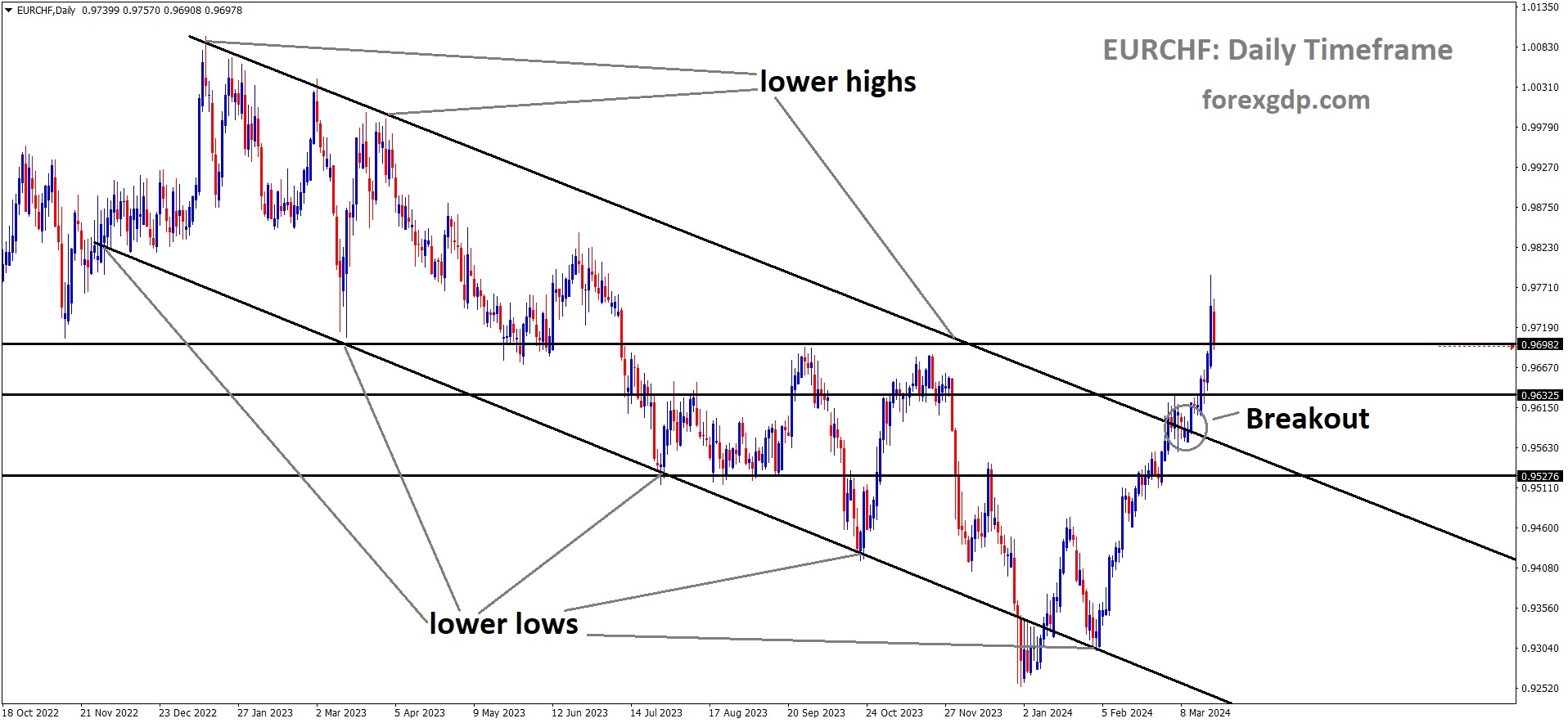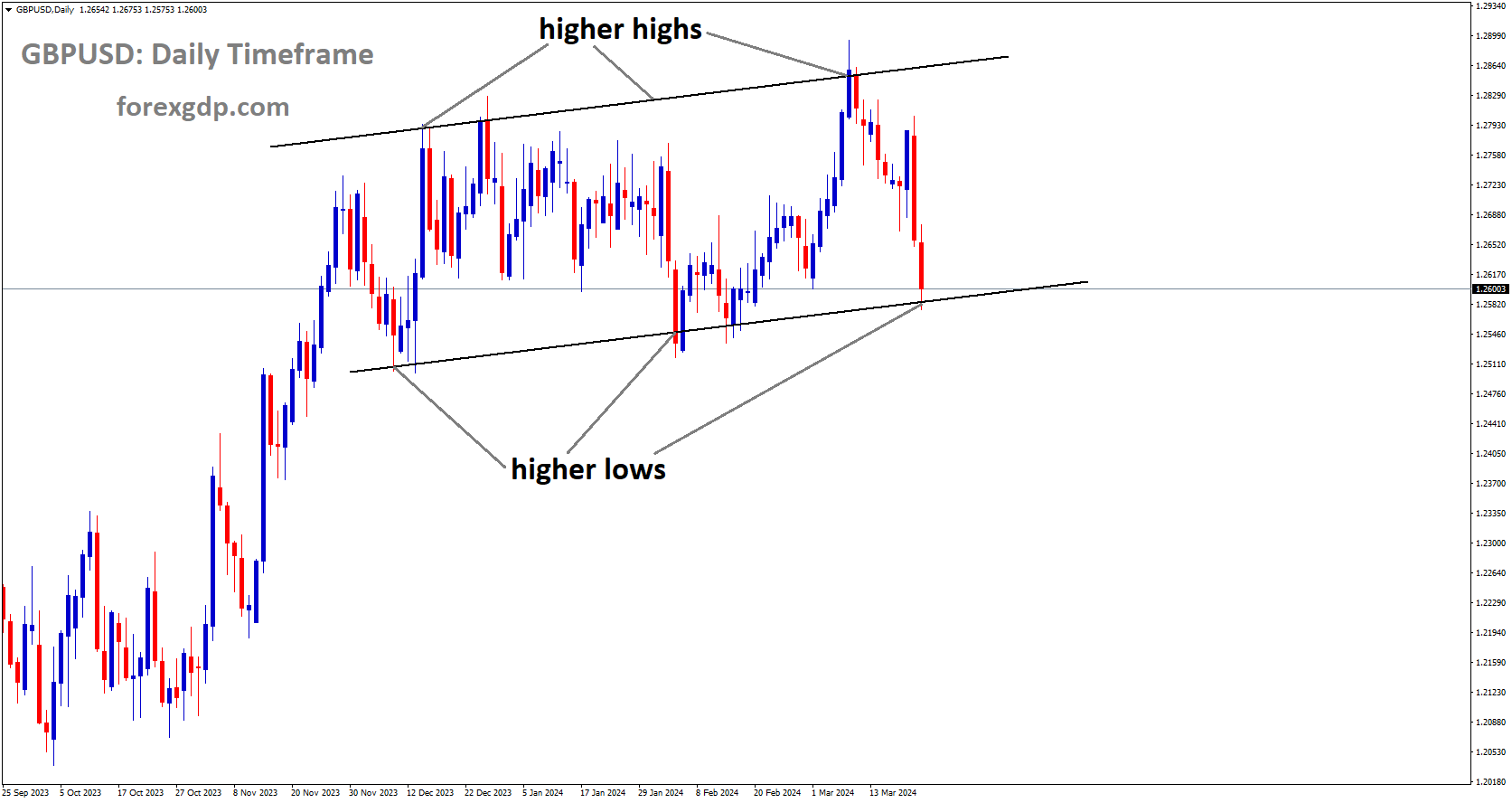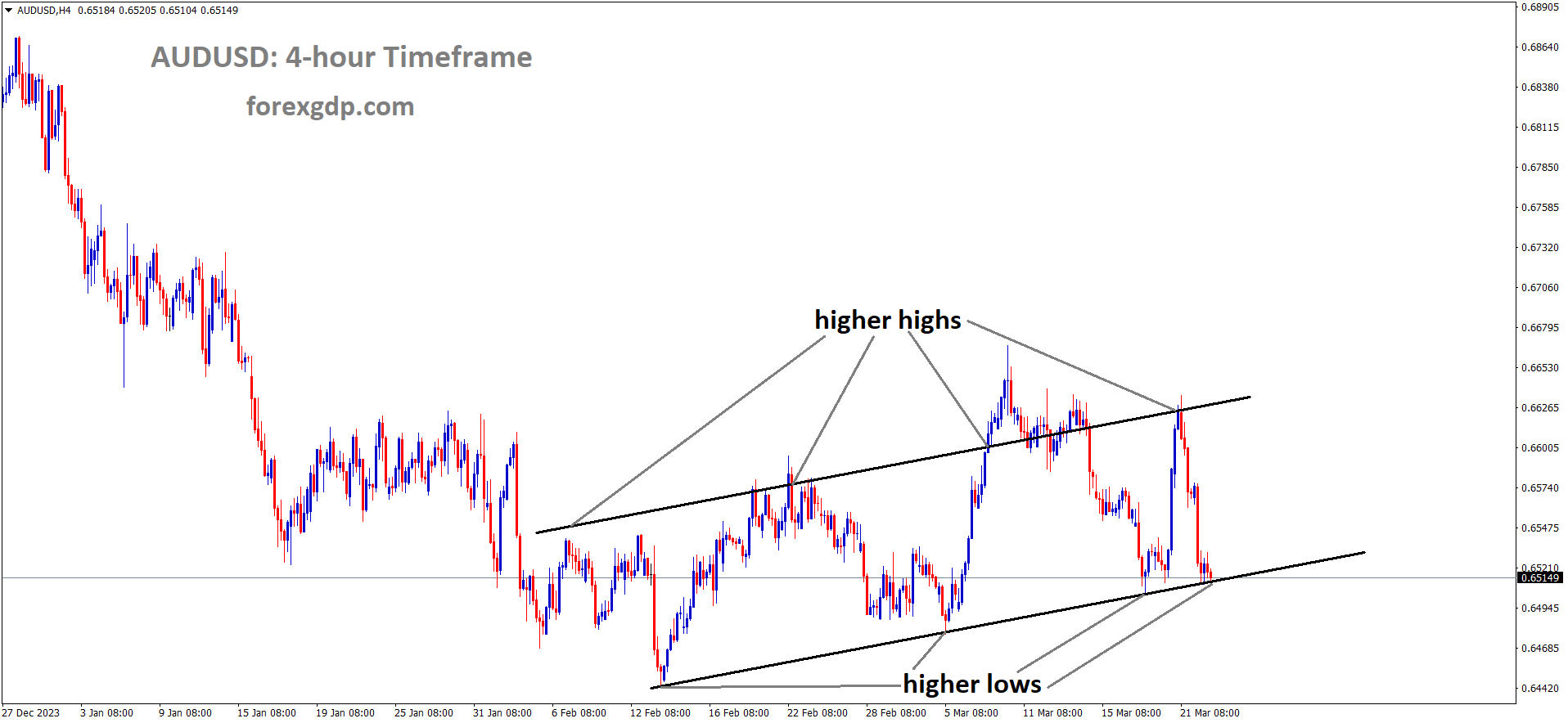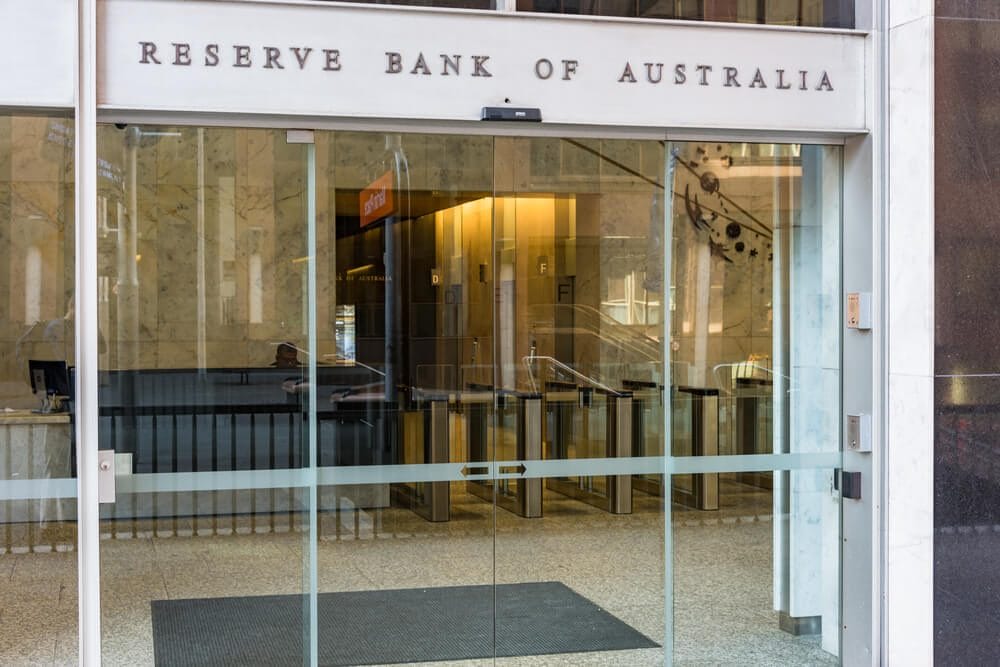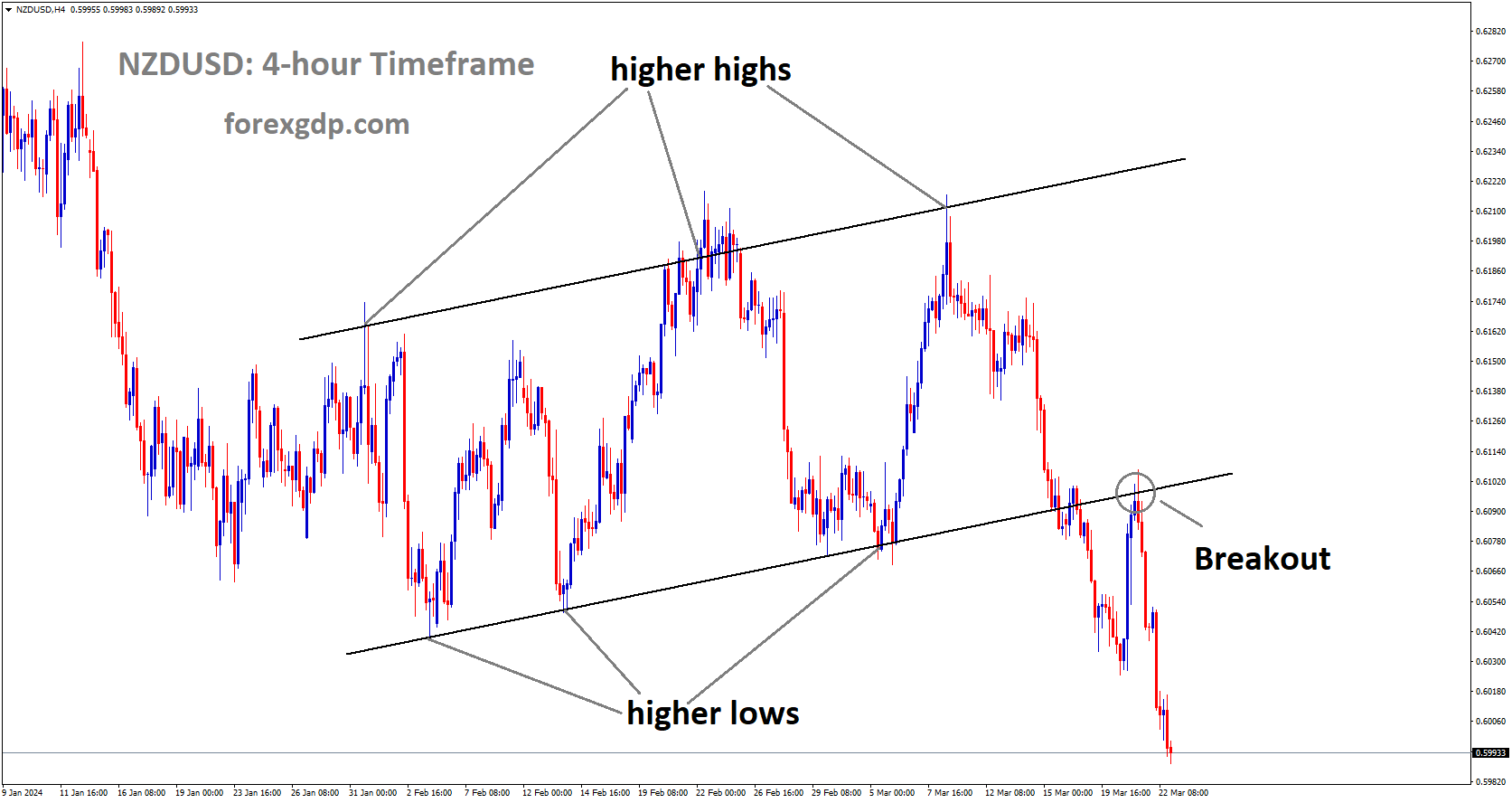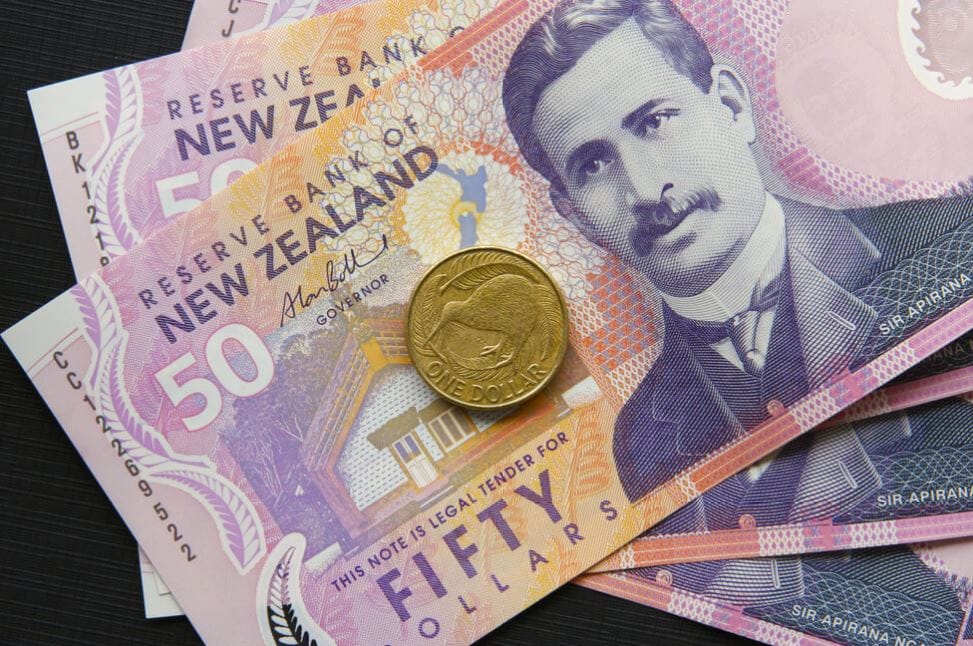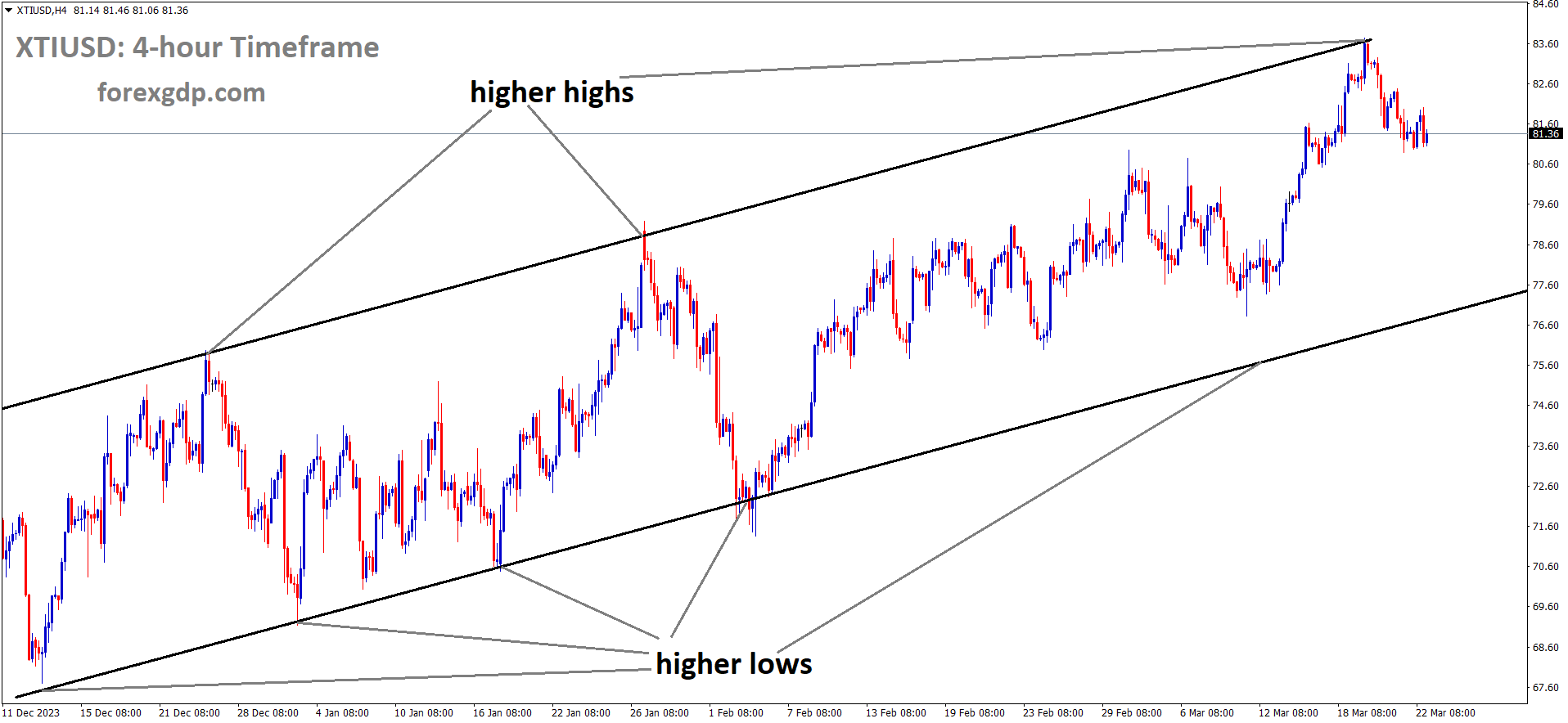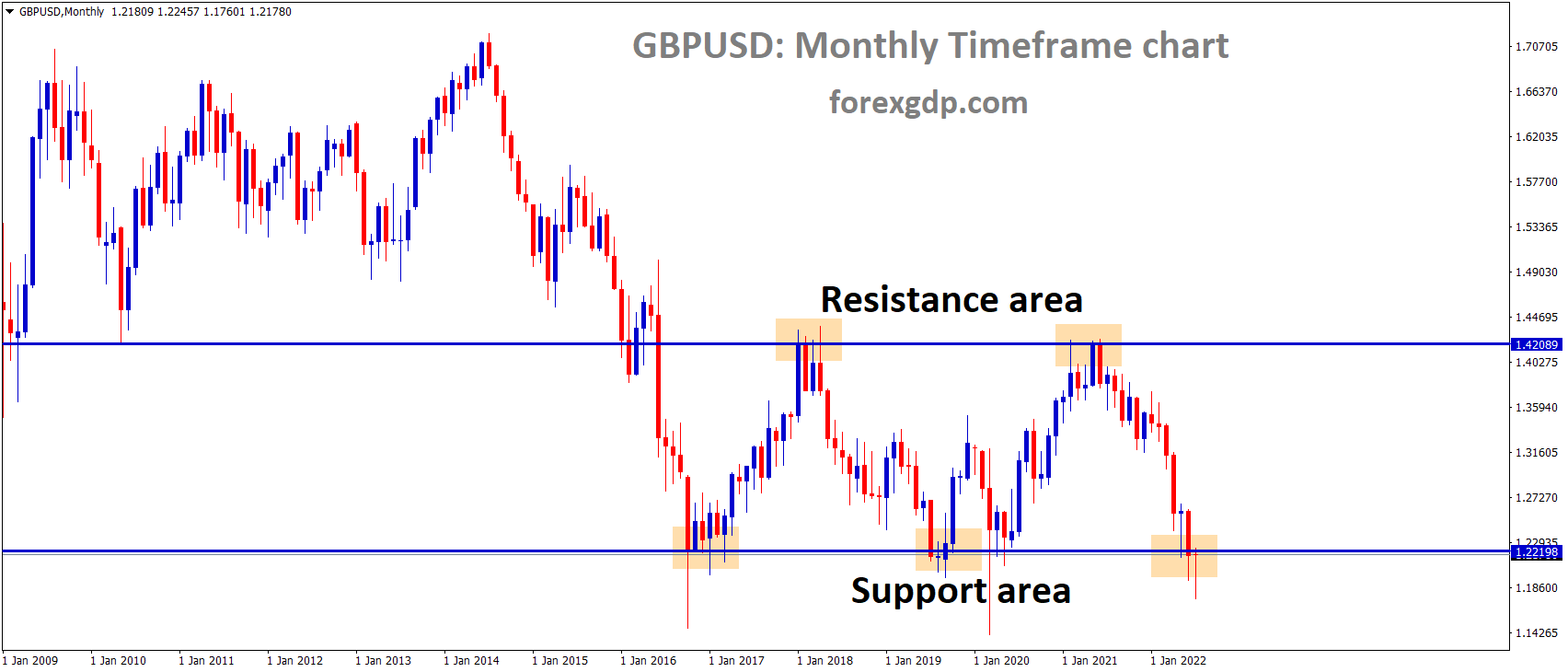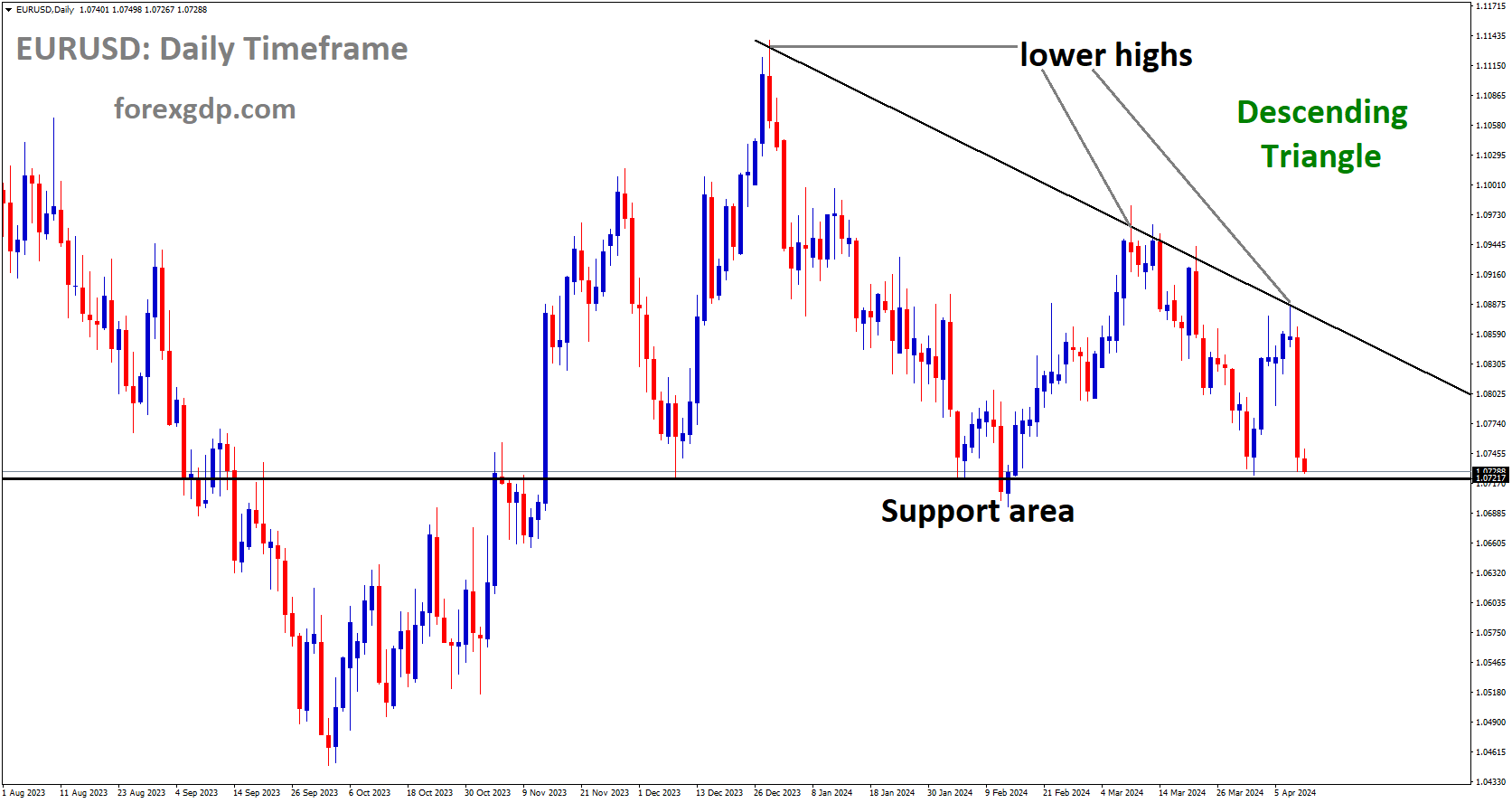XAUUSD – GOLD Fails to Benefit from Falling Yields amid US Dollar Rally
Gold prices are moving in the correction from highs after the FED Dovish comment in the market this week. But US Domestic data continued to drive US Dollar in the strong pace against Gold. FED Dot plot projections same in 2024, but 2025 is 3.9% from 3.6%. PCE index fixed to 2.4% and Core PCE index revised upto 2.6% from 2.4%.
XAUUSD is moving in Descending channel and market has rebounded from the lower low area of the channel
Gold Prices Drop for Second Consecutive Day Despite Falling US Yields
Gold prices saw a decline for the second day in a row on Friday, following a record high of $2,223 reached on Thursday. The resurgence in demand for the US Dollar amidst decreasing US Treasury bond yields surprised traders and exerted pressure on the precious metal. As of the latest update, XAU/USD is trading at $2,159, reflecting a loss of 0.90%.
The March meeting of the Federal Reserve highlighted the necessity for policymakers to lower interest rates, despite recent inflation reports suggesting a resurgence. While this initially propelled XAU/USD to new all-time highs, the rally proved short-lived.
On Thursday, profit-taking among traders led to a $36 decline in gold prices, resulting in a 0.22% loss for the day.
Despite the two-day rally of the US Dollar, US Treasury yields failed to rise, with the Dollar gaining 0.47% and reaching 104.45 late in Friday’s North American session. The absence of significant economic data ahead of the weekend has contributed to relatively subdued market conditions.
Market Digest: Gold Price Dips Despite Declining US Yields
Federal Reserve Chair Jerome Powell emphasized the Fed’s progress in managing inflation, with no change in the outlook despite two consecutive months of higher prices.
The Dot Plot for 2024 remained unchanged, but the 2025 projection was revised upwards from 3.6% to 3.9%.
The Federal Open Market Committee (FOMC) forecasts a 2.1% growth rate for the economy in 2024, up from the previous estimate of 1.4%, while the Unemployment Rate is expected to remain at 4%.
Focus now shifts to US inflation figures, particularly the Personal Consumption Expenditures (PCE), projected at 2.4%, and core PCE at 2.6%, up from 2.4%.
XAUUSD is moving in box pattern and market has fallen from the resistance area of the pattern
Recent US data revealed a solid job market but also indicated economic slowdown challenges, particularly evident in S&P Global PMI data. However, there has been mild recovery in the housing market, with improvements seen in Housing Starts, Building Permits, and Existing Home Sales.
According to the CME FedWatch Tool, market expectations for a June rate cut stand at 75%.
EURUSD – Plunges for Second Day, Falls Below 1.0800
The EURUSD plunged from highs after the Mid Tier German data came at well above forecasts. But Euro zone lost its confidence on economy improvement due to US Domestic data doing well above forecasts this week, coming week is also expected to perform in higher pace.
EURUSD is moving in Descending Triangle and market has fallen from the lower high area of the pattern
EUR/USD Dips as US Dollar Strengthens Despite Positive German Data
The EUR/USD continued its downward trend on Friday, despite encouraging economic indicators from Germany. While German sentiment indicators exceeded expectations, overall economic data from Europe remained lukewarm, tempering bullish sentiment.
Federal Reserve Chairman Jerome Powell addressed a Fed Listens event in Washington, DC, refraining from discussing monetary policy matters, leaving investors hungry for rate cuts with little new information.
In the upcoming week, market focus will be on US Gross Domestic Product (GDP) figures on Thursday and the Personal Consumption Expenditure (PCE) Price Index on Friday. Investors hoping for prompt Fed rate cuts will closely monitor US economic growth, with the Core MoM PCE Price Index expected to decrease from 0.4% to 0.3%.
USDJPY – falls to 151.00 amid Japan’s high inflation
The Japan CPI data came at 2.8% in February month versus 2.0% target of BoJ. So it is positive for BoJ to maintain positive rates in the economy to drive inflation higher based on wage hikes. USDJPY Pair traded lower after the CPI data printed at higher numbers.
USDJPY has reached resistance area of the pattern
In the late European session on Friday, the USD/JPY pair experienced a decline, reaching the level of 151.00. This movement was primarily attributed to the strength of the Japanese Yen against the US Dollar. Investors found confidence in the Bank of Japan’s (BoJ) potential shift towards policy normalization, driven by Japan’s robust inflation data for February.
According to the Statistics Bureau of Japan, the annual National headline Consumer Price Index (CPI) showed a stronger growth rate of 2.8% compared to the previous release of 2.2%. Similarly, BoJ’s preferred inflation measure, which excludes fresh food, also rose by 2.8%, meeting expectations and surpassing the previous reading of 2.2%. This consistent trend of inflation surpassing the 2% target suggests that the BoJ may maintain positive interest rates while retaining an accommodative stance.
Furthermore, speculation regarding potential intervention by Japan’s government in the foreign exchange (FX) market provided additional support to the Japanese Yen. Japan’s Finance Minister, Shunichi Suzuki, emphasized the importance of stable currency movements and expressed a heightened vigilance towards FX fluctuations.
Conversely, the US Dollar Index (DXY) surged to a monthly high of 104.44 amidst optimistic outlooks for the US economy. Investors are hopeful that potential rate cuts by the Federal Reserve (Fed) may not be as aggressive as previously anticipated, given the positive economic forecasts. The Fed recently revised its growth projections for the US Gross Domestic Product (GDP) to 2.1% for 2024, up from the previous projection of 1.4% in December.
USDCAD – CAD Falls Against USD Despite Strong Retail Sales
The Canadian retail sales data for the month of January came at -0.30% well below -0.40% expected and Less than December month 0.90% increase. Core Retail sales grew by 0.50% from -0.40% decline expected and less than 0.60% printed in December month. The Canadian Dollar declined after the slight decrease points printed in retail sales data.
USDCAD is moving in Ascending channel and market has reached higher high area of the channel
CAD Falls Further Against USD Amid Quiet Friday Trading
The Canadian Dollar (CAD) continued its decline against the US Dollar (USD) on Friday as investors adjusted their Greenback exposure. Despite hopes for rate cuts from the Federal Reserve (Fed), which had driven gains earlier in the week, most of those gains were reversed.
Canada reported a slight decrease in Retail Sales figures for January, while Fed Chairman Jerome Powell’s remarks during a Fed Listens event in Washington, DC, did not significantly impact markets.
Looking ahead, the economic calendar for Canada remains light until Thursday, when GDP figures are expected. Meanwhile, the US will release its GDP data for Q4, along with the Personal Consumption Expenditure (PCE) Price Index on Friday.
Market Digest: CAD Slips Further as Greenback Strengthens
The Canadian Dollar declined by approximately half a percent against the US Dollar on Friday.
Despite a slight decline in MoM Retail Sales for January (-0.3%), it was better than expected (-0.4%), with December’s Retail Sales showing growth of 0.9%.
MoM Core Retail Sales, excluding automobiles, grew by 0.5%, surpassing expectations (-0.4%), although slightly lower than the previous month (0.6%).
Fed Chair Powell’s speech did not provide any notable changes to monetary policy discussions compared to Wednesday’s rate call.
Next Week:
Canadian GDP is forecasted to increase to 0.4% from 0.0%.
US GDP is expected to remain unchanged at 3.2% for Q4.
The US (PCE) Price Index is anticipated to decrease to 0.3% from 0.4% MoM.
USD INDEX – USD Ends Second Consecutive Winning Week Ahead of PCE Data
DXY US Dollar index moving in the higher pace after the FED marked Dovish comments on this week FED meeting. Due to Robust Labor market, inflation higher pace, Unemployment rate lower levels boosting US Dollar keep moving higher against counter pairs. Coming week February month Core PCE Index is expected to increase by economists side. This data will support US Dollar index in the coming weeks.
USD Index has broken Descending channel in upside
The US Dollar Index (DXY) stands firm at 104.428, hitting its highest point since mid-February. Market anticipations for the Federal Reserve’s easing cycle, set to commence in June, remain intact despite the ongoing data trends. The Fed’s stance on inflation and interest rates remains steady, with Chairman Jerome Powell emphasizing a cautious approach. Amidst a robust labor market and persistent inflation, next week’s Personal Consumption Expenditures (PCE) data will offer further insight into market movements.
Market Digest: DXY Continues to Rise Despite Dovish Sentiments
Despite expectations for dovish policy shifts, the US Dollar remains resilient, maintaining its upward trajectory.
The Fed’s cautious approach is evident in its response to strong US data, aiming to avoid hasty or premature easing measures.
While Jerome Powell’s recent remarks didn’t reveal significant updates, speeches by Barr and Bostic are expected during the American session.
US Treasury bond yields are witnessing sharp declines, with the 2-year at 4.60%, the 5-year at 4.19%, and the 10-year at 4.21%.
EURCHF – Franc under continued downward pressure against Euro – Commerzbank
SNB is the First central bank to cut its interest rates by 25bps among G10 peers. Swiss Franc gets depreciated against Euro due to ECB has maintained higher rates compared to SNB. Even less inflation in coming days, SNB can do more rate cuts in three month meeting. So Swiss Franc remain weaker against counter pairs and Euro.
EURCHF has broken descending channel in upside
The Swiss National Bank (SNB) caught many market participants off guard by implementing a 25 basis points (bps) reduction in its key interest rate to 1.50%. This unexpected move triggered a significant downturn in the value of the Swiss Franc (CHF).
Analysts at Commerzbank delve into the implications of this decision on the outlook for the Swiss Franc. While the SNB’s maneuver may initially weaken the Franc, its ability to further lower interest rates may be constrained compared to other central banks, as it has not previously raised rates substantially.
However, if the European Central Bank (ECB) proceeds with multiple interest rate cuts, the SNB’s initial rate cut might prove sufficient to ensure price stability. In such a scenario, the Swiss Franc could potentially appreciate against the Euro.
Nevertheless, the trajectory of the Swiss Franc remains uncertain, and much depends on future developments. Should inflation continue to decline, the SNB might opt for additional rate cuts. For now, the SNB’s recent action suggests that the Swiss Franc is likely to face continued downward pressure relative to the Euro.
GBPUSD – GBP Weakens as BoE Adopts Slight Dovish Stance on Rates
The GBP fell down against this week after the retail sales for the month of January came at 3.6% with no change. Slight fell down in retail sales is not consideration for rate cuts in BoE. BoE Governor Bailey said August month is right pace to cut the rates. Mild Dovish sentiment makes GBP weaker against USD.
GBPUSD is moving in Ascending channel and market has reached higher low area of the channel
In the early New York session on Friday, the Pound Sterling (GBP) shows vulnerability against the US Dollar (USD) amidst prevailing bearish market sentiment. Despite better-than-expected February Retail Sales data reported by the United Kingdom Office for National Statistics (ONS), the GBP/USD pair struggles to gain support. This is primarily due to growing expectations within the market that the Bank of England (BoE) might initiate interest rate cuts in the near future.
According to the ONS, monthly Retail Sales remained stagnant after a notable 3.6% increase in January, a figure that was revised upwards from 3.4%. This performance exceeded market expectations, which had anticipated a 0.3% decline. However, on an annual basis, sales contracted by 0.5%, contrary to the forecasted 0.7% decline.
Retail Sales data is considered a crucial indicator of current consumer spending patterns, which significantly contribute to the overall health of the economy. While sales at retail stores slightly outperformed projections, they were insufficient to counterbalance the prevailing risk-averse sentiment prevailing in the global market.
The modest improvement in Retail Sales figures appears inadequate to offset the impact of heightened expectations regarding potential interest rate cuts by the Bank of England starting from August. Nonetheless, policymakers at the BoE remain cautious, particularly concerning the persisting concern over rising wage growth, which has the potential to fuel inflationary pressures, thereby challenging the BoE’s objective of maintaining inflation at the targeted 2% level.
Market observers note that the Pound Sterling has refreshed its monthly low at 1.2580 against the US Dollar, reflecting the prevailing downbeat sentiment and the resurgent strength of the US Dollar. The US Dollar Index (DXY), which measures the performance of the USD against a basket of six major currencies, has surged to a fresh two-week high around 104.20.
The recent strength of the US Dollar is attributed to the persistence of sticky inflation levels within the US economy, coupled with upward revisions in Gross Domestic Product (GDP) projections by the Federal Reserve (Fed) to 2.1% for 2024. In contrast, inflation rates in other developed economies are decelerating more rapidly, while concerns about a looming recession remain elevated.
Domestically, the Pound Sterling’s decline follows the Bank of England’s decision to maintain interest rates at 5.25% for the fifth consecutive meeting held on Thursday. This decision was notable as two policymakers, Catherine Mann and Jonathan Haskel, who previously advocated for further interest rate hikes, opted to vote for maintaining the status quo.
Of the nine policymakers, eight voted in favor of keeping interest rates unchanged, with only policymaker Swati Dhingra supporting a rate cut. This marked the first instance since September 2021 where no Monetary Policy Committee (MPC) member advocated for a rate hike.
In the BoE’s monetary policy statement, Governor Andrew Bailey acknowledged that while inflation is moving in the right direction, it has not yet reached a level that would warrant interest rate reductions. However, market expectations for interest rate cuts from August onwards gained momentum following Bailey’s remarks, wherein he indicated that it’s reasonable for markets to anticipate two or three cuts within the year, although he refrained from commenting on the precise timing of such actions.
Bailey also commented on the economic outlook, noting that the economy is gradually rebounding after experiencing a technical recession in the latter half of 2023.
AUDUSD – NAB: AUD/USD to Reach 0.7200 by Year’s End, Rise Further in 2025
The National Bank of Australia predicted AUDUSD will be in 0.7000 level in second half of 2024 and 0.7200 in the end of the year. In 2025 it will be 0.7800 reaching is possible , this predictions come from June month FED rate cut has to happened and following rate cuts it can support AUDUSD move higher is possible.
AUDUSD is moving in Ascending channel and market has reached higher low area of the channel
AUD/USD Maintains 0.6500 Range in March, Expected to Rise: NAB
The AUD/USD pair has largely stayed within the 0.6500 range throughout March, occasionally edging above 0.6600. Analysts at the National Australia Bank provide insights into the pair’s future trajectory.
The Australian dollar (Aussie) is still anticipated to appreciate. NAB’s forecast suggests a potential rise above 0.7000 in the second half of 2024, contingent upon several factors. This includes an anticipated reversal of the USD’s recent strength, possibly initiated by the Federal Reserve’s rate easing in June, preceding similar actions by the Reserve Bank of Australia (RBA). Additionally, a gradual improvement in global growth throughout 2025 is expected.
NAB predicts the Aussie to conclude the year around 0.7200 and continue its upward trend into 2025, potentially reaching 0.7800 by the fourth quarter.
NZDUSD – NZD Weakens on Bleak Economic Outlook
NZ Dollar moving down due to Q4 GDP contraction in this week as -0.10% followed by -0.30% contraction in Q3. RBNZ did not do rate cuts, staying at rate higher. RBNZ Finance minister said Economy is dampening now, inflation is still remain elevated at 4.7% from 5.6% in the last quarter. We have to cut the rates to improve the economy.
NZDUSD has broken Ascending channel in downside
NZD Weaker Amid Gloomy Economic Outlook
The New Zealand Dollar (NZD) is down across most pairs, notably depreciating against the US Dollar (USD) to just above 0.6000 on Friday, as the NZD faces the brunt of a sluggish economic forecast.
Negative GDP Impact:
NZD’s decline is attributed to the recent negative growth in New Zealand. Data reveals that the country entered a technical recession in Q4 of 2024, with a GDP contraction of 0.1% following a 0.3% decline in Q3.
RBNZ Stance:
Despite the economic downturn, the Reserve Bank of New Zealand (RBNZ) has refrained from signaling interest rate cuts, maintaining the current high rate of 5.5% due to persistent inflation, which stood at 4.7% in Q4.
Policy Outlook:
While there’s anticipation for a potential rate cut by August, conflicting views within the government emerge, with the finance minister expressing concerns about the adverse impact of high interest rates on economic growth.
Impact of Chinese Slowdown:
The slowdown in China, New Zealand’s primary trading partner, further exacerbates the economic challenges, particularly affecting the dairy industry, a vital sector for New Zealand’s exports.
USD Strength on Robust Data:
NZD/USD faces additional pressure following positive US PMI data, indicating continued expansion in both the manufacturing and services sectors in March. This strong data contributes to the USD’s recovery after the dovish Fed meeting on Wednesday.
CRUDE OIL – WTI hovers near weekly low, stays below mid-$80.00s
US Secretary of State Anthony Blinken said Israel and Gaza ceasefire talks is narrowing, soon will be end on war is possible. This situation will support for Middle east countries. Ukraine attacked Russian Oil refineries this week, OPEC+ nation cut the 2.2 million barrels per day. EIA forecasted Energy demand will higher in 2024.
XTIUSD is moving in Ascending channel and market has fallen from the higher high area of the channel
WTI Crude Oil prices hover near weekly lows around $80.30 during the Asian session, facing continued selling pressure for the third consecutive day. Factors contributing to this trend include progress in Gaza ceasefire talks and USD strength from a positive US economic outlook.
Despite these pressures, concerns about global supply constraints, such as Ukrainian drone strikes on Russian refineries, OPEC+ production cuts extension, and upward revisions in oil demand growth by the International Energy Agency, are tempering the downside.
Don’t trade all the time, trade forex only at the confirmed trade setups.
Get more confirmed trade setups here: forexgdp.com/buy/


